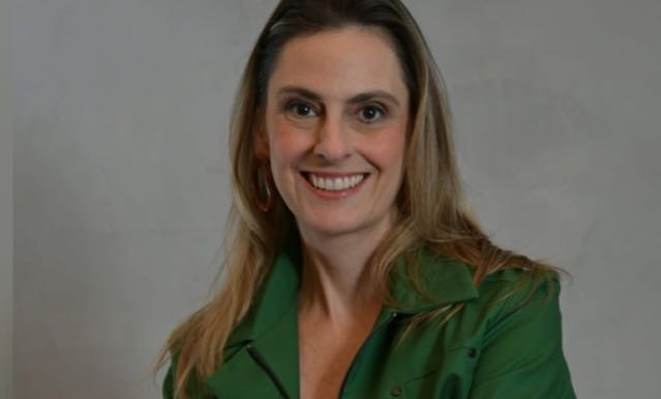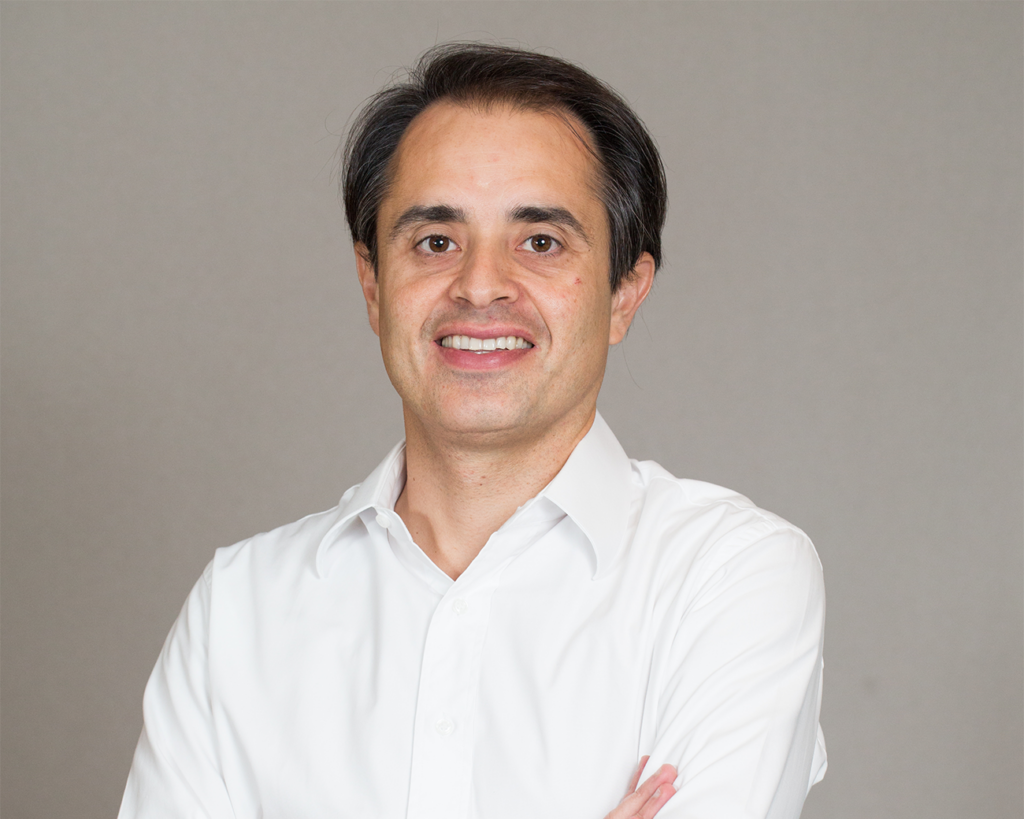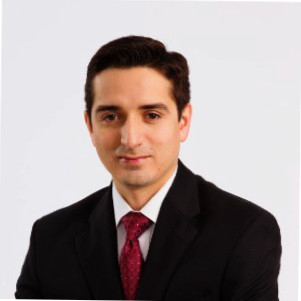Member Profiles
Mariame McIntosh, Portland Private Equity
20 November 2013

LAVCA spoke with Mariame McIntosh, Partner and Member of the Investment Committee at Portland Private Equity, on investments in indigenous business, their impact on local communities, and the current exit environment in the Carribean.
LAVCA Please give us some background about your firm. When was it founded, where are you based?
McIntosh: Portland Private Equity (“PPE”), an affiliate of Portland Holdings, manages private equity assets with origins in the successful investment of the family office capital of Portland Holding’s chairman, Michael Lee-Chin. Using an investment track record from 2002-2006 of 10 investments totaling approximately US$260M, Mr. Lee-Chin and the family office team decided to launch an institutionally supported private equity fund to address the opportunity set in the Caribbean region, leading to the establishment of PPE.
In 2007, PPE closed a US$225M institutionally supported private equity vehicle called AIC Caribbean Fund. AIC Caribbean Fund is now fully invested and the private equity team is raising the successor vehicle Portland Caribbean Fund II, which has a US$300M target size. The team is based in Canada and the Caribbean.
LAVCA: What is your geographic and sector focus? What are your assets under management?
McIntosh: The investment strategy for AIC Caribbean fund, while opportunistic, skews towards the team’s competencies in financial services, energy, infrastructure and related services, and agribusiness. The geographic mandate for AIC Caribbean Fund is the English speaking Caribbean countries and the Dominican Republic. This mandate will expand with Portland Caribbean Fund II to include Colombia and Central America (with a focus on Panama and Costa Rica). We refer to this footprint as the Caribbean Basin.
The first tranche of our growth equity investments are often in the US$5M range but with a reserve for a total of US$20M. Our infrastructure investments have ranged from US$35M to almost US$70M. Infrastructure is interesting in the Caribbean Basin, as opportunities to make growth equity returns against an infrastructure risk profile are available.
The investor base of AIC Caribbean Fund is composed of pension plans (corporate and public), DFIs, our Chairman’s anchor investment, and a debt facility from the US government.
LAVCA: Please describe the companies currently in your portfolio. How do your investments impact local communities?
McIntosh: Sustainable and meaningful impact in the Caribbean Basin will come from strong indigenous businesses. The companies in our portfolio span multiple industries: telecom, financial services, infrastructure, agro-processing, hospitality and real estate. Our portfolio companies have impacted local communities in various ways: job creation, local knowledge transfer, more competitive prices for consumers, etc.
As an example, when PPE invested in Columbus Communications (telecom portfolio company), the monopoly incumbent was charging ~US$24,000 per month for a T1 broadband line. Columbus built its own line and was able to charge customers US$6,000 per month for a T1 broadband line. Columbus gained significant market share while making this change. This action enabled existing businesses to be more competitive and spawned new industries.
LAVCA: What makes the Caribbean an attractive area for investment? What is the deal opportunity and what are the major markets to consider?
McIntosh: The Caribbean is an attractive area for investment because the three pre-conditions for wealth creation are present, namely (i) a gap between perception and reality; (ii) a dearth of equity capital; (iii) inefficient businesses and market sectors with the potential to be more efficient. Additionally, the Caribbean is overlooked and underserved. Our strong relationships in the region allow us to capitalize on this reality. To illustrate deal opportunities, our best have come from: i. family businesses without clear succession plans; ii. multi-national corporations seeking to divest; iii. cash-strapped governments seeking equity investors to fund infrastructure opportunities; and iv. successful non-Caribbean businesses looking to export their business to the Caribbean. The major markets we consider are: the Dominican Republic, Trinidad and Tobago, Colombia, Jamaica, Panama, Costa Rica, and Barbados.
LAVCA: What were the challenges you encountered when fundraising for the first time?
McIntosh: Despite the track record of the team, especially our Chairman’s, we were a first time fund which meant we faced the expected challenges with respect to the team, our investment process and, our institutional fund management capabilities. Our most unique challenge though was to establish the Caribbean as a market ready for private equity. We had to dispel the myth that the Caribbean was only a place to vacation, devoid of attractive investment opportunities. Most potential LPs looking for international exposure were considering Europe, BRICs and Asia. Very few had been exposed to the Caribbean investment opportunity. A lot of time was spent explaining the market and sharing stories of our success and the success of other investors in the region.
LAVCA: Have you had any successful exits to-date? What exit strategies were employed? Why?
McIntosh: The team recognizes that it is extremely important to anticipate and structure exit options at the outset of an investment. There have been two exits to date in our portfolio and both have been successful, with a gross IRR of over 20%. The first exit resulted in PPE calling its loan and equity kicker on an investment in an infrastructure company (toll road construction) as partners in the deal changed. The exit had been negotiated on the way into the deal and once the partners in the deal changed, the team decided to opportunistically exit the investment. For the second exit, the team saw the opportunity to exit its financial services investment via a trade sale to a local bank that was looking to purchase an existing business to strengthen its position in a particular sub-sector of financial services. Given that the hold period was ~4 years, the team seized the opportunity to exit at a good price and return.
LAVCA: Are you looking to expand outside of the Caribbean to other regions? Where? How do you expect your investment criteria to change to accommodate different markets and opportunities?
McIntosh: Fund II will expand our team’s activity to the broader Caribbean Basin region which will include Central America and Colombia. We currently see deal flow from these countries which we have been unable to pursue due to the geographic mandate of AIC Caribbean Fund. Our expansion is being driven in part by the increased flow of Caribbean businesses into Central America and the Andes, and of course the reverse. The investment criteria of PPE will not change as we expand into these markets. PPE will still seek investment opportunities that: are scalable, have strong management teams; generate cash flow and provide a strong likelihood of attractive returns; have clear exit paths.
The team plans to invest in Central America and Colombia via Portland Caribbean Fund II on an opportunistic basis. The Fund should be up and running by Q2 of 2014. Our portfolio companies see these new markets are prime growth opportunities; as such, the deepening of business relationships in these markets by PPE will provide our current portfolio with enhanced expansion opportunities.
You may be interested in...
-

Luciana Antonini Ribeiro, eB Capital
Executive: Luciana Antonini Ribeiro, Co-Founder and CIO Member Name: eB Capital Year...
-

Cristiano Gioia Lauretti, Kinea Private Equity
Member: Kinea Executive: Cristiano Gioia Lauretti, Head of Private Equity HQ: São...
-

Maria Pia Iannariello, MGM Innova Capital
LAVCA recently spoke with Maria Pia Iannariello, Co-Founder & COO of MGM Innova Capital,...
-

Rafael Ramirez, Portfolio Manager, Alaska Permanent Fund Corporation
LAVCA recently spoke with Rafael Ramirez, Portfolio Manager– Private Equity &...
